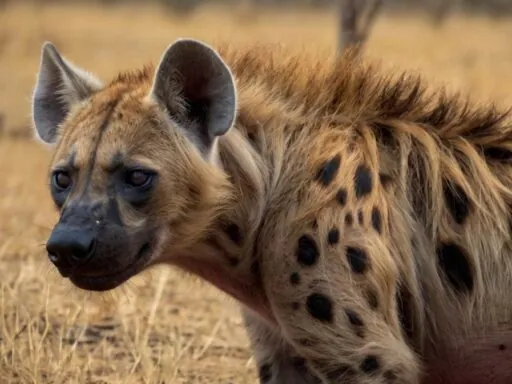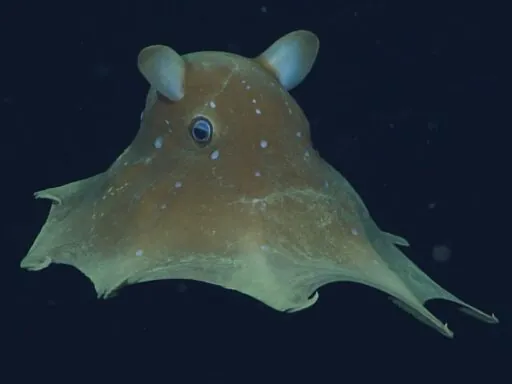Have you ever wondered “what is the longest living animal on our planet?” Imagine creatures that can outlive generations of humans, some reaching ages that seem almost mythical. Dive into the captivating world of the top 10 longest living animals, where we’ll uncover the secrets of these extraordinary beings. From a jellyfish that can essentially live forever to a clam that has seen over five centuries pass by, each one of these animals has a fascinating story that will leave you in awe. Let’s start this journey together and meet the ageless wonders of the animal kingdom!
1. Immortal Jellyfish
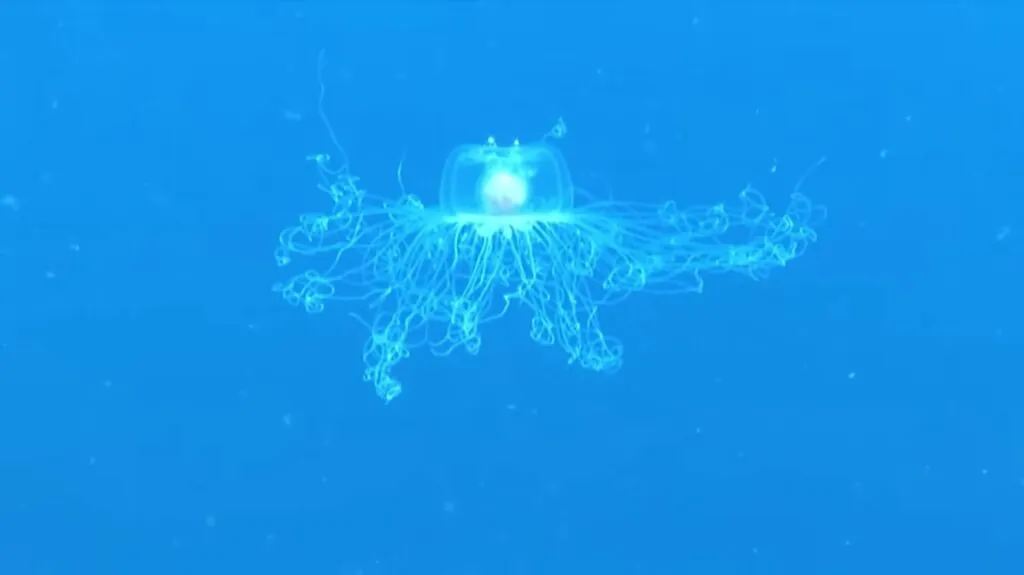
The immortal jellyfish (Turritopsis dohrnii) tops the list of the longest living animals due to its extraordinary ability to essentially live forever. Discovered in the Mediterranean Sea, this tiny jellyfish, only about 4.5 millimeters in size, has a unique survival mechanism. When faced with environmental stress or physical damage, it can revert to its juvenile polyp stage through a process known as transdifferentiation. This means its cells can transform into different types, effectively restarting its life cycle and allowing it to avoid death due to aging.
Scientists first described Turritopsis dohrnii in 1883, but its remarkable regenerative ability was not discovered until the 1980s. In laboratory settings, these jellyfish have been observed to revert to their polyp form and then back to adult medusa multiple times under ideal conditions. This biological immortality does not make them invincible, however, as they are still susceptible to disease, predation, and environmental changes.
2. Ocean Quahog
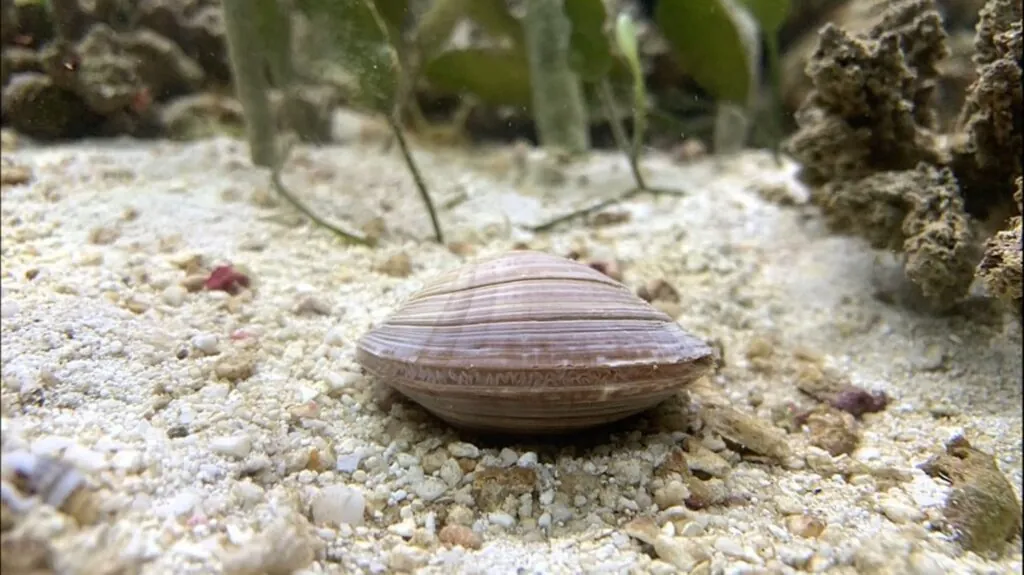
The ocean quahog (Arctica islandica) is one of the longest living animals on Earth, with some individuals reaching over 500 years old. This bivalve mollusk, native to the North Atlantic, grows very slowly and has an exceptionally long lifespan due to its low metabolic rate. The oldest recorded ocean quahog, nicknamed “Ming,” was discovered off the coast of Iceland and was determined to be 507 years old.
Researchers confirm its age by counting growth rings on the shell, much like tree rings. These clams are significant not only for their longevity but also for their ability to provide valuable data on historical ocean conditions through the analysis of their shells.
3. Greenland Shark
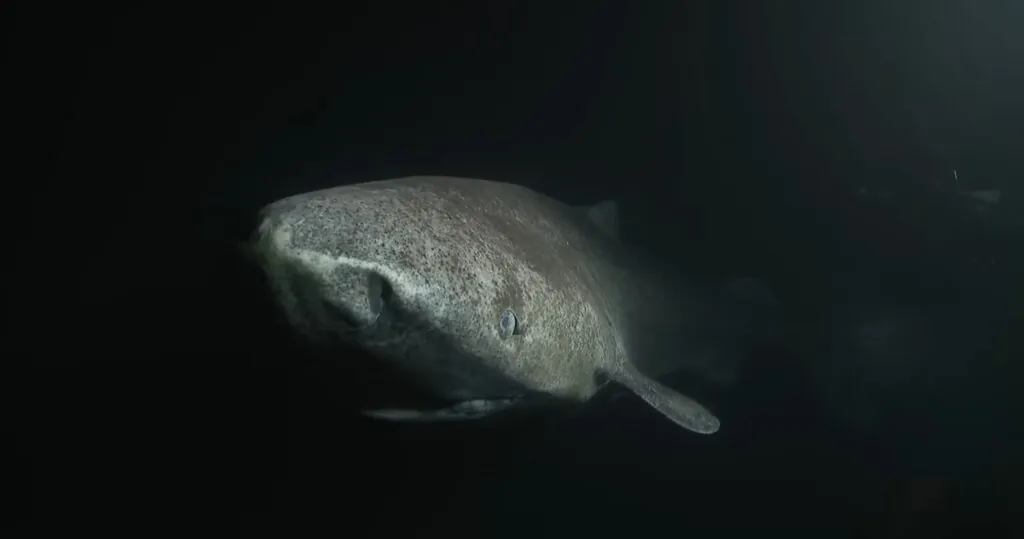
The Greenland shark holds the title of the longest living vertebrate, with an estimated lifespan of 300 to 500 years. These deep-sea dwellers of the Arctic and North Atlantic grow less than one centimeter per year and can reach lengths of up to 23 feet. Their exceptional longevity is attributed to their extremely slow metabolism and cold-water habitat, allowing them to thrive in frigid depths.
Recent studies using carbon dating on eye lens proteins have revealed that some Greenland sharks are over 400 years old, making them true Methuselahs of the ocean. This remarkable lifespan means they don’t reach sexual maturity until around 150 years old, contributing to their vulnerability as a species.
4. Tubeworm
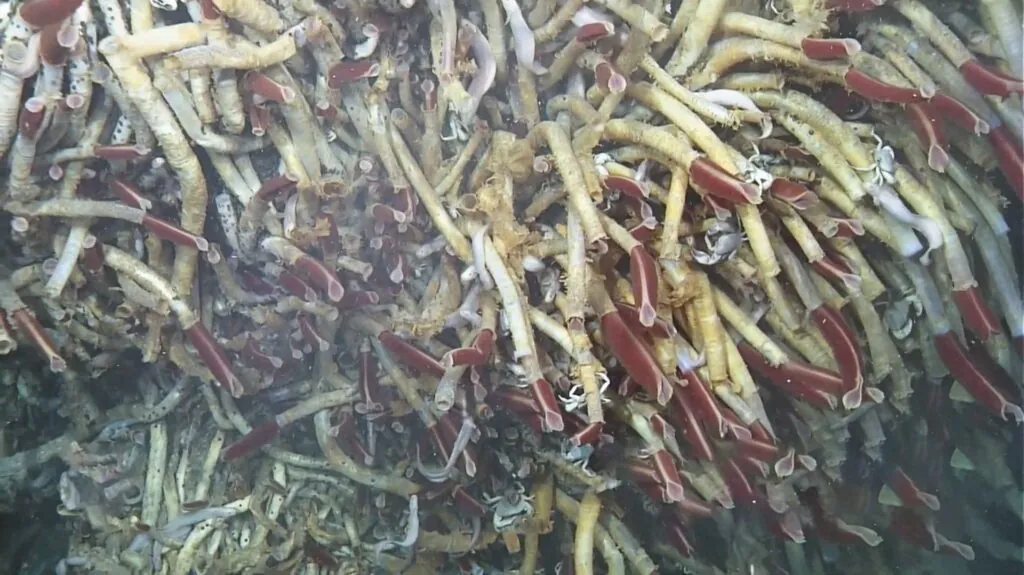
The tubeworm, specifically the species Escarpia laminata, is known for its extraordinary lifespan, reaching up to 300 years. Found in deep-sea hydrothermal vents, these tubeworms thrive in extreme environments, relying on a symbiotic relationship with chemosynthetic bacteria that convert sulfur compounds from the vent fluids into energy.
Tubeworms have no digestive system; instead, they depend entirely on these bacteria for nutrition. Their unique adaptation to the harsh conditions of the deep sea allows them to live for centuries, making them one of the longest-living marine organisms.
5. Bowhead Whale
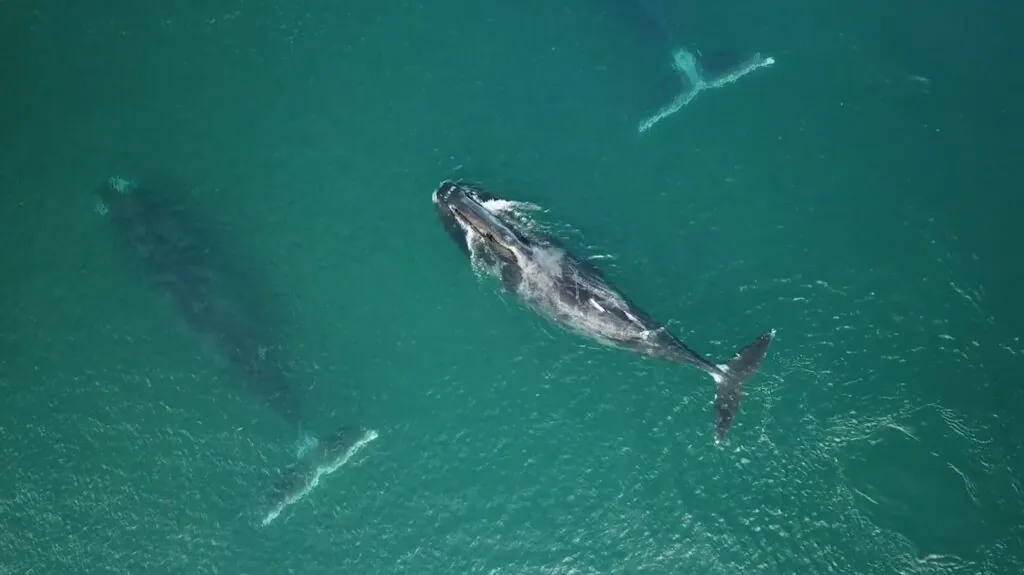
The bowhead whale is one of the longest-living mammals, with lifespans exceeding 200 years. These massive creatures, inhabiting the Arctic and subarctic waters, have adapted remarkably to their icy environments. Their large, bow-shaped skulls allow them to break through sea ice up to seven inches thick, and their blubber, the thickest of any whale, insulates them against freezing temperatures.
Bowheads can grow up to 60 feet in length and weigh up to 100 tons. Historical whaling drastically reduced their populations, but conservation efforts have helped them recover significantly, with current estimates of around 10,000 individuals in the wild.
6. Red Sea Urchin
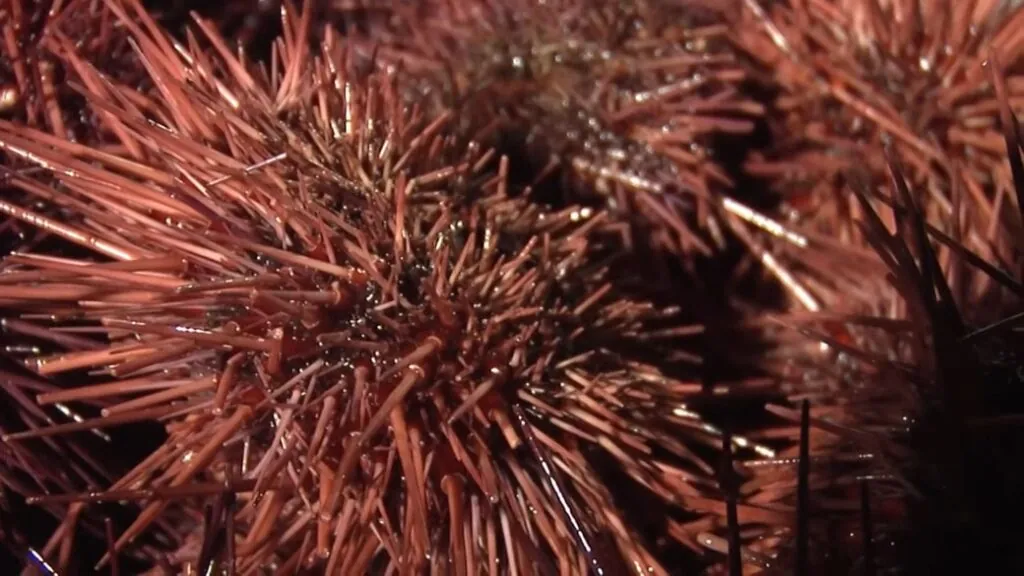
The red sea urchin is among the longest living animals on earth. Found along the Pacific coast from Alaska to Baja California, these urchins can live for over 200 years. Surprisingly, they show few signs of aging throughout their lives, maintaining reproductive capabilities even at advanced ages.
This species thrives in shallow, rocky coastal waters and primarily feeds on kelp and algae. Studies have revealed that older red sea urchins continue to grow, albeit very slowly, and can reach sizes of up to 19 centimeters in diameter. These characteristics make the red sea urchin one of the longest-living animals on Earth.
7. Rougheye Rockfish
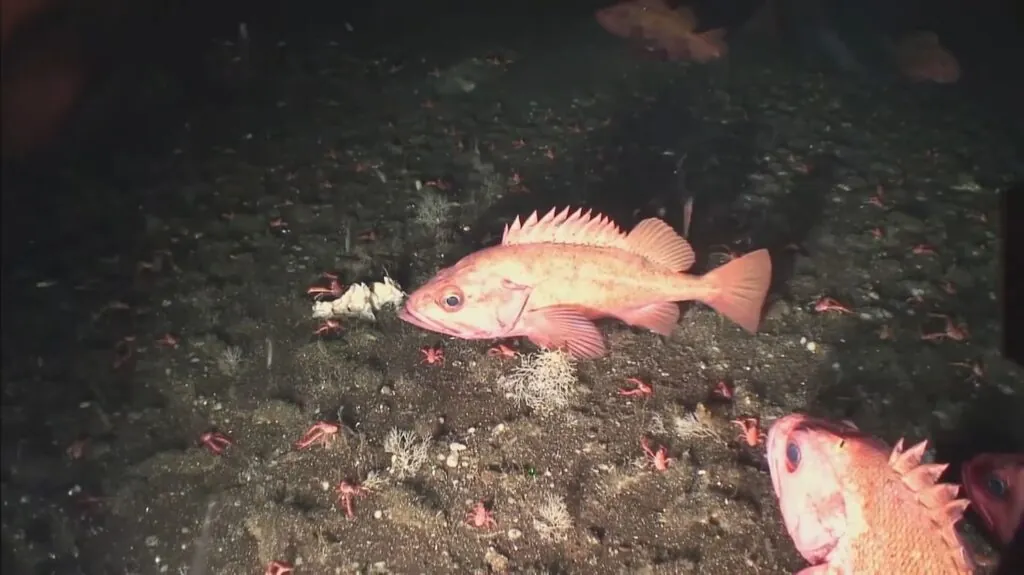
The rougheye rockfish is one of the longest living fish species, with individuals known to reach at least 205 years of age. Found from Japan to the Bering Sea and down the Pacific coast to California, these fish inhabit deep, cold waters between 150 and 450 meters.
Rougheye rockfish can grow up to 97 centimeters (38 inches) in length and are characterized by their pink, tan, or brownish bodies with dark blotches. Their remarkable longevity is attributed to slow growth rates and late maturity, with some individuals not spawning until they are 25 years old. This species’ extreme lifespan offers valuable insights into the genetic and environmental factors that contribute to longevity in marine life.
8. Freshwater Pearl Mussel
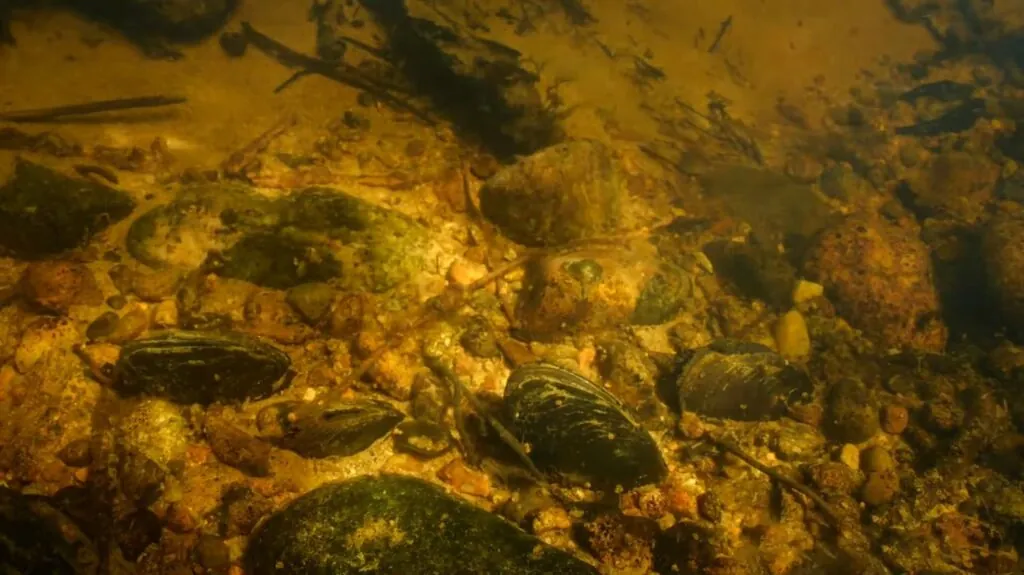
The freshwater pearl mussel is an extraordinary bivalve mollusc known for its remarkable longevity, with some individuals living up to 280 years. Found in clean, fast-flowing rivers across Europe and North America, these mussels play a crucial role in their ecosystems by filtering large volumes of water—up to 50 liters per day—helping to maintain water quality.
The lifecycle of freshwater pearl mussels is unique; their larvae attach to the gills of salmonid fish and remain there for several months before settling into the riverbed to grow. This species is highly sensitive to environmental changes, making them excellent indicators of river health.
9. Koi Fish
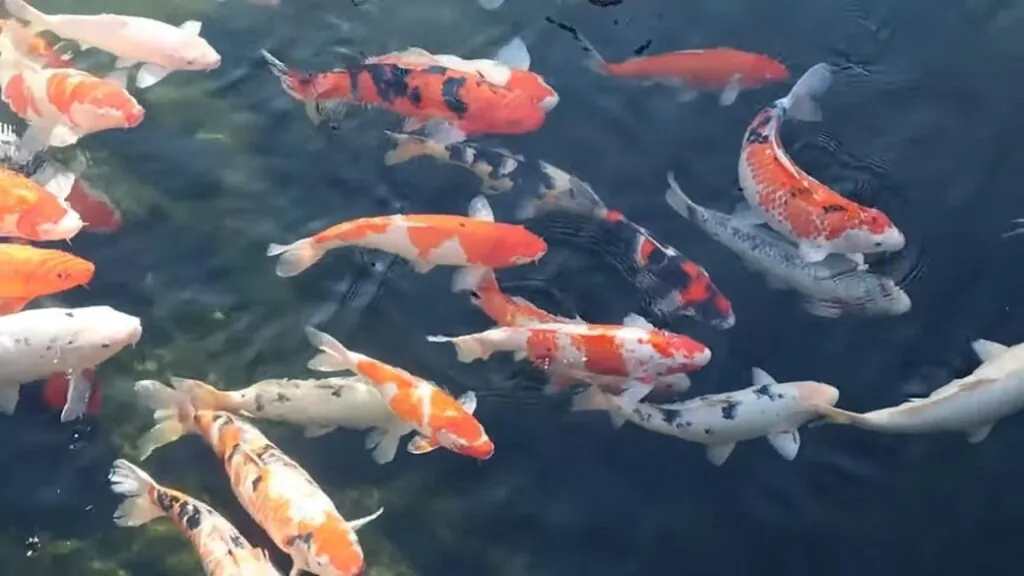
Koi fish are renowned for their impressive lifespans, often living between 25 to 35 years in captivity. However, under optimal conditions, some koi have been known to live significantly longer, with the oldest recorded koi, named Hanako, living to the remarkable age of 226 years. This longevity is achieved through meticulous care, including maintaining excellent water quality, providing a balanced diet, and protecting them from predators.
Koi fish, one of the amazing animals with longest lifespan, can grow up to 3 feet in length and are highly valued, not only for their longevity but also for their vibrant colors and patterns, which result from selective breeding practices.
10. Galapagos Giant Tortoise
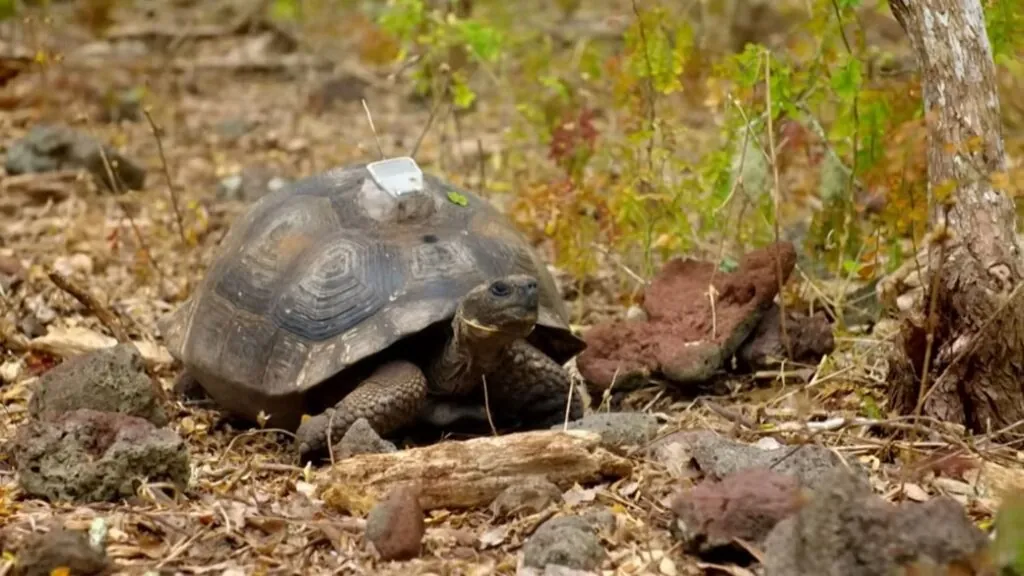
The Galapagos giant tortoise is one of the longest-living vertebrates, with lifespans often exceeding 100 years and some individuals living over 170 years. These remarkable creatures are among the largest tortoises, weighing up to 500 pounds and measuring up to 5 feet in length. The tortoises exhibit unique adaptations such as different shell shapes—domed for navigating dense vegetation and saddle-backed for stretching their necks to reach higher foliage.
Originating from South America around 2-3 million years ago, they are now endemic to the Galapagos Islands. Despite their slow pace and low metabolism, these tortoises can survive without food or water for up to a year, showcasing their incredible resilience. On the related note, got the scoop of the oldest animal in the world?
To wrap up, our exploration of the top 10 longest living animals, the rankings have been meticulously determined based on verified lifespans documented through scientific studies and observations. The criterion for these rankings includes factors such as maximum verified ages, biological adaptations contributing to longevity, and consistency of lifespan records across different individuals and environments.
